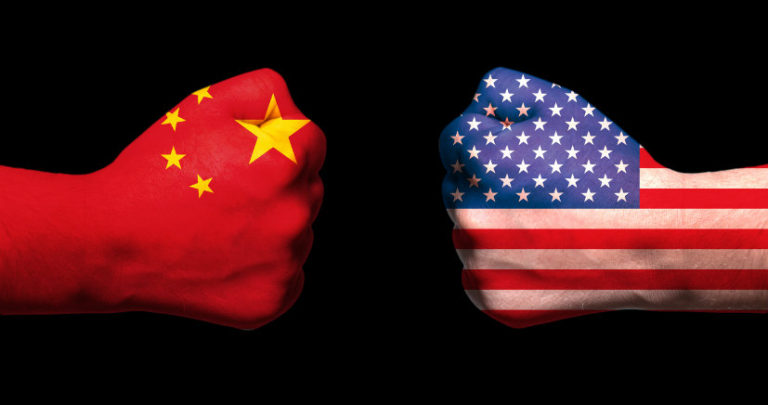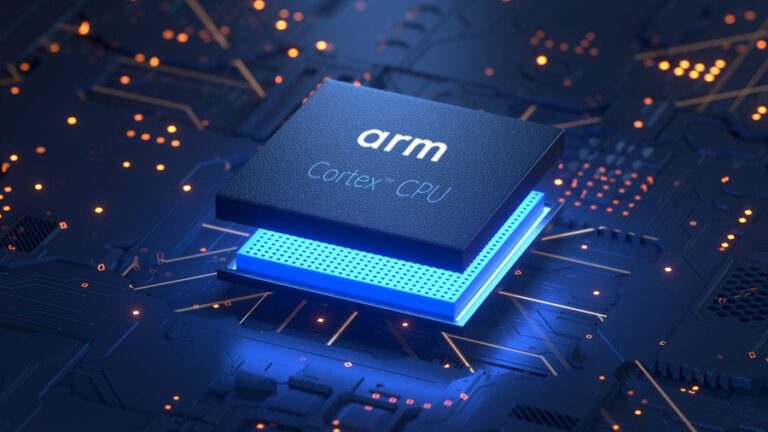From a muddle of three standards one should emerge.
- Wireless charging is a great accessory to have but high cost and standard fragmentation are so far preventing it from really establishing itself.
- There are three competing standard bodies; the Power Mat Alliance (PWA), the Wireless Power Consortium (WPC) that promotes the Qi standard and the Alliance for Wireless Power (AW4P).
- These are three competing standards that are not interoperable and it is clear that the consumer and the industry will be best served by the adoption of a single standard.
- Qualcomm has become an important force in wireless charging due to its size and market share in mobile chipsets but also because it is now a member of all three alliances.
- AW4P uses a Qualcomm based technology (acquired) that has certain advantages over both WPC and Powermat.
- These are:
- Multiple devices can be charged upon one mat.
- The device can be positioned anywhere on the mat.
- Devices can be charged at a small distance from the mat
- Different types of devices can simultaneously be charged.
- However, almost all of the implementations of wireless charging in the mobile phone and tablet markets use WPC or Qi.
- This gives Qi a huge advantage as it appears to be the preferred choice of all the hardware makers at present.
- I suspect that Qualcomm’s presence within all of these alliances is aimed at converging these standards into one.
- If the final standard ends up using some of Qualcomm’s technology then all the better but given history (see below) I do not think that Qualcomm will push for the adoption of AW4P at the expense of the other two.
- (Qualcomm had its own version of the LTE standard but when it was clear that no one wanted it, Qualcomm pragmatically abandoned it and focused on LTE).
- Hence I suspect that the end result will be that future iterations of Qi adopt aspects of AW4P that confer the above advantages.
- Powermat, which has neither the adoption of Qi nor the technical advantages of AW4P looks very unlikely to make it in the mobile phone or tablet markets.
- Hence, I am pretty hopeful that a single and much improved wireless charging standard will emerge from the WPC but expect that it will take some time to hit the market in volumes.
- As a user of wireless charging, it makes my life easier and is a convenience that I would be willing to pay a small premium for.
- Hence, if it is priced right, I can see it winning high penetration in the mobile phone market.









Blog Comments
tatilsever
October 2, 2013 at 7:39 pm
As someone who uses his phone while charging fairly often, charging mats for phones sound suitable for only some circumstances, limiting their utility. I suspect they will be as popular as Bluetooth when the target market was replacing the printer cable.
When mats started coming out, one of the big advantages its proponents offered around here was interoperability. I never bought the line of reasoning that predicts phone companies who were unable to standardize on a charging connector would easily standardize on the mat and it seems past behavior has been a better predictor of future behavior yet again.
Charging electric cars wirelessly, on the other hand, I can see being popular very fast. It is a shame that the addressable market is so small at the moment.
windsorr
October 3, 2013 at 10:01 am
The reason no one could really standardise on a connector was the desire to control the market for accesories. That seems to have gone away now with the micro-USB connector. Its not proving easy to standardise on a wireless charging standard either but almost ALL the phones and tablets out there are using Qi at the moment. I have soem hope!
tatilsever
October 3, 2013 at 1:42 pm
Not completely, despite the rise of micro-USB connector. Many vendors retained proprietary ways of asking chargers to increase the max current output to speed up the charging rate.